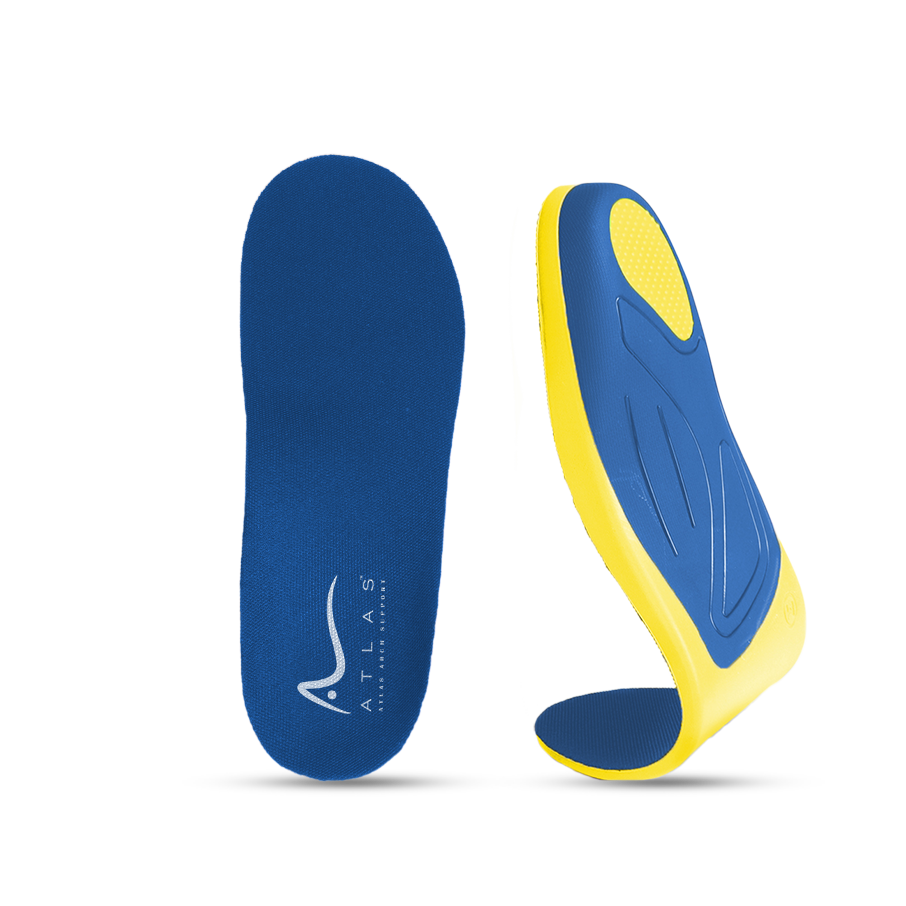Shin splints, known for causing significant discomfort along the shinbone, are a common issue among athletes and those involved in vigorous physical activities. This condition arises from excessive stress on the shinbone (tibia) and the tissues surrounding it. Our guide delves into the root causes, symptoms, and effective remedies for shin splints, offering a beacon of hope for those seeking to alleviate this condition and enjoy their physical activities without discomfort.
Understanding the Causes
Shin splints stem from various factors, including:
Overuse in Physical Activities: Excessive leg use, especially in high-impact sports or activities, can lead to shin splints. The condition is exacerbated by sudden increases in activity intensity or duration without adequate rest.
Inadequate Footwear: Shoes lacking proper support or cushioning can contribute significantly to the development of shin splints, failing to absorb impact or correct biomechanical foot imbalances.
Biomechanical Imbalances: Issues such as flat feet or high arches can unevenly distribute weight and stress across the leg, increasing pressure on the shinbone.
Muscular Imbalances and Flexibility Issues: Tight or weak lower leg muscles can alter gait and running patterns, adding stress to the shinbone. Regular stretching and strengthening exercises can help mitigate these risks.
Surface and Environmental Factors: Activities performed on hard or uneven surfaces, or under adverse environmental conditions, can amplify the stress on the lower legs.
Recognizing the Symptoms
Shin splints manifest through various indicators, including:
- Pain Along the Inner Edge of the Shinbone: A sharp, aching, or throbbing pain along the tibia's inner side is the hallmark symptom of shin splints.
- Increased Sensitivity: The affected area often becomes tender and sore to the touch.
- Swelling and Inflammation: Visible swelling and signs of inflammation may accompany the pain, although usually mild.
- Pain During Activity: Pain typically intensifies during physical activities and may start at the onset of exercise, worsening without proper treatment.
- Increased Pain with Pressure or Impact: Applying pressure or engaging in impact activities can exacerbate the pain.
Diagnosis Strategies
Diagnosing shin splints involves:
Review of Medical History: A thorough discussion of the patient's medical history, exercise habits, and previous leg pain treatments.
Physical Examination: Observation and palpation of the leg to identify tender spots along the shinbone.
Advanced Imaging Tests: X-rays, MRI scans, or bone scans may be conducted to exclude other conditions and confirm the diagnosis.
Effective Treatment Approaches
Treating shin splints requires a comprehensive strategy, including:
- Rest and Recovery: Essential downtime from aggravating activities to allow for healing.
- Ice Therapy: Application of ice packs to reduce inflammation and pain.
- Compression Techniques: Use of compression sleeves or wraps to support and reduce swelling.
- Medication for Symptom Relief: NSAIDs may be recommended for pain and inflammation.
- Physical Therapy and Exercises: Customized programs to strengthen and stretch the lower leg muscles.
- Orthotic Support: Custom orthotics for those with specific foot structure issues to distribute weight evenly and reduce stress on the shinbone.
Prevention Tips
Preventing shin splints involves:
Progressive Training Adaptation: Gradually increasing the intensity and volume of physical activities.
Optimal Footwear Selection: Choosing shoes with adequate support and cushioning.
Varied Exercise Routines: Incorporating a mix of high-impact and low-impact activities.
Effective Warm-up and Cool-down Routines: Implementing dynamic stretches before and static stretches after activities.
Targeted Strengthening and Flexibility Exercises: Focusing on the muscles around the shinbone to enhance leg stability and support.
Shin splints, though daunting, can be effectively managed and prevented with the right knowledge and approach. By understanding the causes, recognizing the symptoms early, and applying targeted treatment and preventive measures, individuals can alleviate shin splints and enhance their overall athletic performance and well-being. Listening to your body and responding with appropriate care is crucial. With dedication and patience, overcoming shin splints is within reach, allowing you to return to your favorite activities with renewed energy and without pain.




